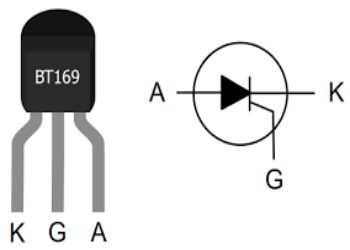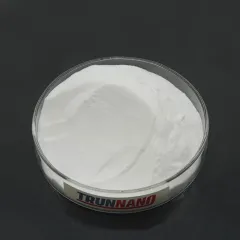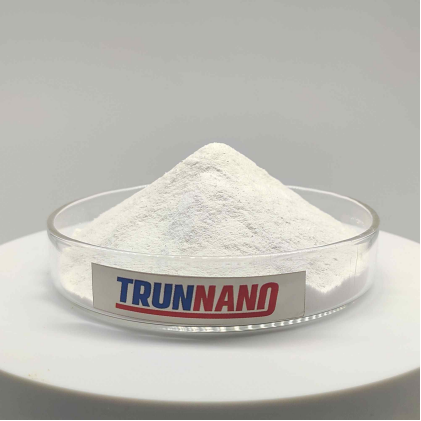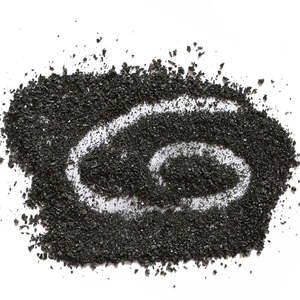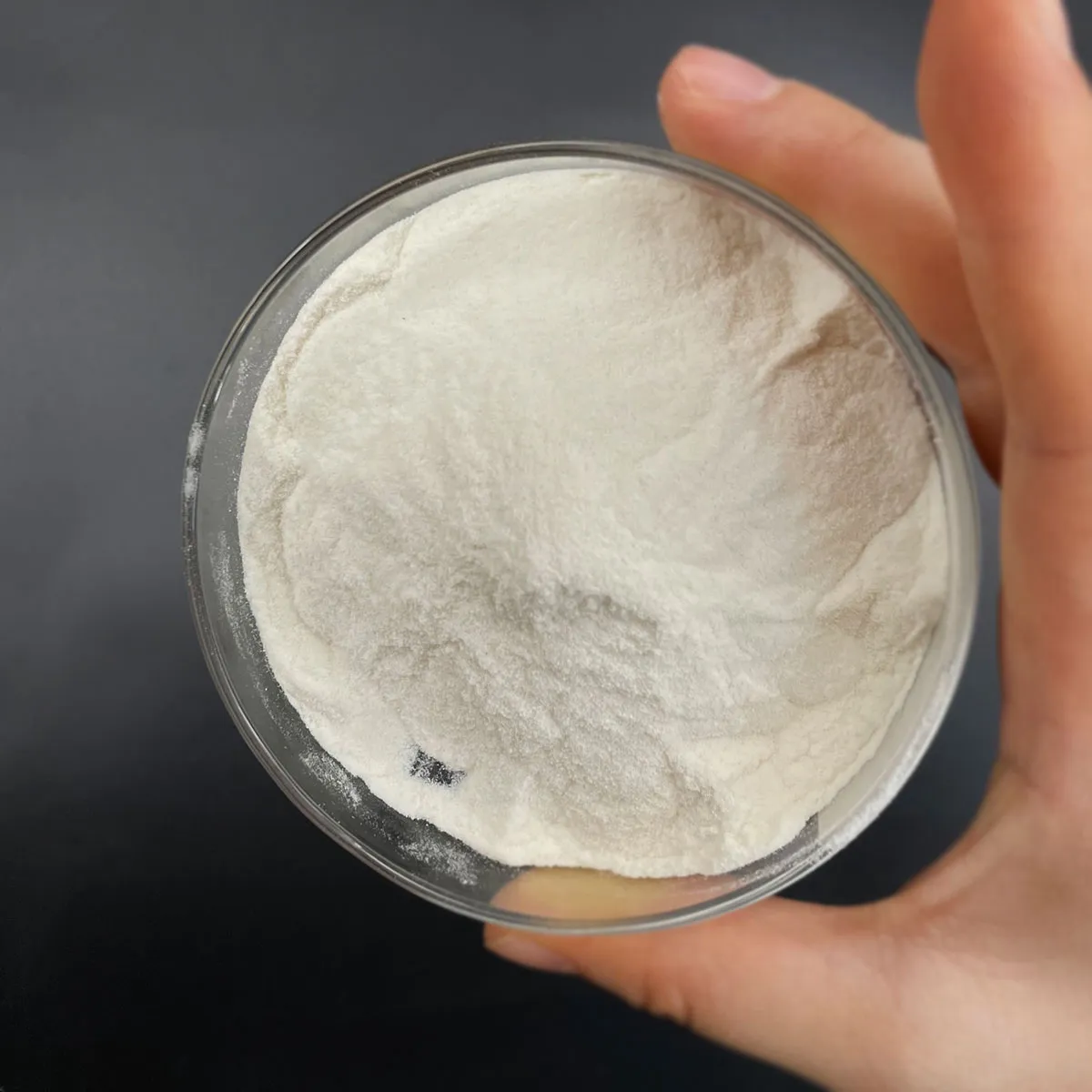Introduction to Hollow Glass Microspheres
Hollow glass microspheres (HGMs) are hollow, round fragments typically fabricated from silica-based or borosilicate glass products, with sizes typically ranging from 10 to 300 micrometers. These microstructures exhibit a special combination of low density, high mechanical strength, thermal insulation, and chemical resistance, making them very versatile throughout multiple commercial and clinical domain names. Their production includes exact engineering techniques that enable control over morphology, covering density, and interior void volume, allowing customized applications in aerospace, biomedical design, power systems, and a lot more. This post gives an extensive summary of the major techniques utilized for making hollow glass microspheres and highlights five groundbreaking applications that underscore their transformative possibility in modern-day technological advancements.
(Hollow glass microspheres)
Manufacturing Approaches of Hollow Glass Microspheres
The construction of hollow glass microspheres can be extensively categorized into 3 primary methodologies: sol-gel synthesis, spray drying, and emulsion-templating. Each method uses unique advantages in terms of scalability, particle harmony, and compositional adaptability, allowing for customization based upon end-use requirements.
The sol-gel process is among the most extensively made use of approaches for generating hollow microspheres with specifically managed architecture. In this method, a sacrificial core– frequently made up of polymer beads or gas bubbles– is covered with a silica forerunner gel through hydrolysis and condensation reactions. Subsequent warm therapy eliminates the core product while compressing the glass shell, causing a durable hollow structure. This method enables fine-tuning of porosity, wall surface density, and surface chemistry however often needs intricate response kinetics and expanded handling times.
An industrially scalable choice is the spray drying out technique, which entails atomizing a liquid feedstock having glass-forming precursors into fine beads, followed by fast dissipation and thermal decomposition within a warmed chamber. By integrating blowing agents or lathering substances right into the feedstock, internal spaces can be generated, causing the development of hollow microspheres. Although this approach allows for high-volume production, attaining regular shell densities and minimizing issues stay recurring technical difficulties.
A third encouraging strategy is emulsion templating, wherein monodisperse water-in-oil emulsions serve as layouts for the formation of hollow frameworks. Silica precursors are focused at the interface of the solution beads, forming a thin covering around the liquid core. Complying with calcination or solvent removal, well-defined hollow microspheres are obtained. This technique excels in generating bits with slim dimension distributions and tunable capabilities yet requires cautious optimization of surfactant systems and interfacial conditions.
Each of these production methods contributes distinctively to the layout and application of hollow glass microspheres, offering designers and scientists the tools needed to tailor homes for sophisticated functional materials.
Wonderful Usage 1: Lightweight Structural Composites in Aerospace Engineering
Among the most impactful applications of hollow glass microspheres hinges on their use as enhancing fillers in lightweight composite products created for aerospace applications. When integrated right into polymer matrices such as epoxy materials or polyurethanes, HGMs significantly lower general weight while keeping structural integrity under severe mechanical lots. This characteristic is especially advantageous in aircraft panels, rocket fairings, and satellite parts, where mass effectiveness directly affects fuel usage and haul ability.
Moreover, the spherical geometry of HGMs enhances anxiety circulation across the matrix, thus boosting fatigue resistance and impact absorption. Advanced syntactic foams having hollow glass microspheres have actually demonstrated superior mechanical performance in both static and vibrant filling problems, making them ideal prospects for use in spacecraft thermal barrier and submarine buoyancy components. Continuous research remains to explore hybrid composites incorporating carbon nanotubes or graphene layers with HGMs to further enhance mechanical and thermal buildings.
Magical Use 2: Thermal Insulation in Cryogenic Storage Solution
Hollow glass microspheres have inherently low thermal conductivity due to the presence of a confined air tooth cavity and minimal convective heat transfer. This makes them extremely effective as shielding agents in cryogenic environments such as liquid hydrogen storage tanks, liquefied gas (LNG) containers, and superconducting magnets made use of in magnetic resonance imaging (MRI) makers.
When embedded into vacuum-insulated panels or used as aerogel-based finishings, HGMs serve as effective thermal obstacles by decreasing radiative, conductive, and convective warmth transfer systems. Surface alterations, such as silane treatments or nanoporous layers, further improve hydrophobicity and stop dampness ingress, which is vital for maintaining insulation efficiency at ultra-low temperatures. The combination of HGMs into next-generation cryogenic insulation materials represents a crucial innovation in energy-efficient storage space and transportation solutions for clean gas and room exploration technologies.
Wonderful Usage 3: Targeted Medication Distribution and Clinical Imaging Comparison Brokers
In the field of biomedicine, hollow glass microspheres have become promising systems for targeted medicine shipment and analysis imaging. Functionalized HGMs can encapsulate healing agents within their hollow cores and release them in response to external stimuli such as ultrasound, magnetic fields, or pH modifications. This ability enables localized treatment of conditions like cancer cells, where accuracy and minimized systemic toxicity are vital.
Additionally, HGMs can be doped with contrast-enhancing elements such as gadolinium, iodine, or fluorescent dyes to function as multimodal imaging representatives suitable with MRI, CT scans, and optical imaging methods. Their biocompatibility and ability to bring both therapeutic and diagnostic functions make them attractive candidates for theranostic applications– where diagnosis and treatment are combined within a solitary system. Research study initiatives are also discovering biodegradable versions of HGMs to broaden their energy in regenerative medicine and implantable devices.
Wonderful Usage 4: Radiation Shielding in Spacecraft and Nuclear Infrastructure
Radiation protecting is an important problem in deep-space objectives and nuclear power facilities, where direct exposure to gamma rays and neutron radiation presents considerable risks. Hollow glass microspheres doped with high atomic number (Z) components such as lead, tungsten, or barium provide an unique option by offering effective radiation depletion without including excessive mass.
By embedding these microspheres right into polymer composites or ceramic matrices, researchers have actually created flexible, light-weight protecting products ideal for astronaut fits, lunar habitats, and reactor containment frameworks. Unlike traditional shielding materials like lead or concrete, HGM-based compounds preserve structural integrity while offering boosted mobility and ease of manufacture. Continued developments in doping techniques and composite style are anticipated to additional maximize the radiation security capabilities of these products for future area exploration and terrestrial nuclear security applications.
( Hollow glass microspheres)
Wonderful Usage 5: Smart Coatings and Self-Healing Materials
Hollow glass microspheres have changed the growth of smart finishings efficient in autonomous self-repair. These microspheres can be loaded with recovery representatives such as rust inhibitors, resins, or antimicrobial compounds. Upon mechanical damages, the microspheres tear, launching the encapsulated materials to seal fractures and bring back coating honesty.
This modern technology has actually located useful applications in marine coatings, vehicle paints, and aerospace elements, where long-lasting sturdiness under severe ecological problems is vital. In addition, phase-change products enveloped within HGMs allow temperature-regulating finishes that provide passive thermal monitoring in structures, electronics, and wearable tools. As research progresses, the combination of responsive polymers and multi-functional ingredients right into HGM-based coatings assures to unlock new generations of adaptive and intelligent material systems.
Conclusion
Hollow glass microspheres exhibit the merging of sophisticated materials scientific research and multifunctional engineering. Their diverse manufacturing approaches allow precise control over physical and chemical buildings, promoting their use in high-performance architectural composites, thermal insulation, medical diagnostics, radiation defense, and self-healing materials. As innovations continue to arise, the “magical” flexibility of hollow glass microspheres will undoubtedly drive innovations throughout sectors, shaping the future of lasting and smart material design.
Vendor
RBOSCHCO is a trusted global chemical material supplier & manufacturer with over 12 years experience in providing super high-quality chemicals and Nanomaterials. The company export to many countries, such as USA, Canada, Europe, UAE, South Africa,Tanzania,Kenya,Egypt,Nigeria,Cameroon,Uganda,Turkey,Mexico,Azerbaijan,Belgium,Cyprus,Czech Republic, Brazil, Chile, Argentina, Dubai, Japan, Korea, Vietnam, Thailand, Malaysia, Indonesia, Australia,Germany, France, Italy, Portugal etc. As a leading nanotechnology development manufacturer, RBOSCHCO dominates the market. Our professional work team provides perfect solutions to help improve the efficiency of various industries, create value, and easily cope with various challenges. If you are looking for glass microspheres, please send an email to: sales1@rboschco.com
Tags: Hollow glass microspheres, Hollow glass microspheres
All articles and pictures are from the Internet. If there are any copyright issues, please contact us in time to delete.
Inquiry us
